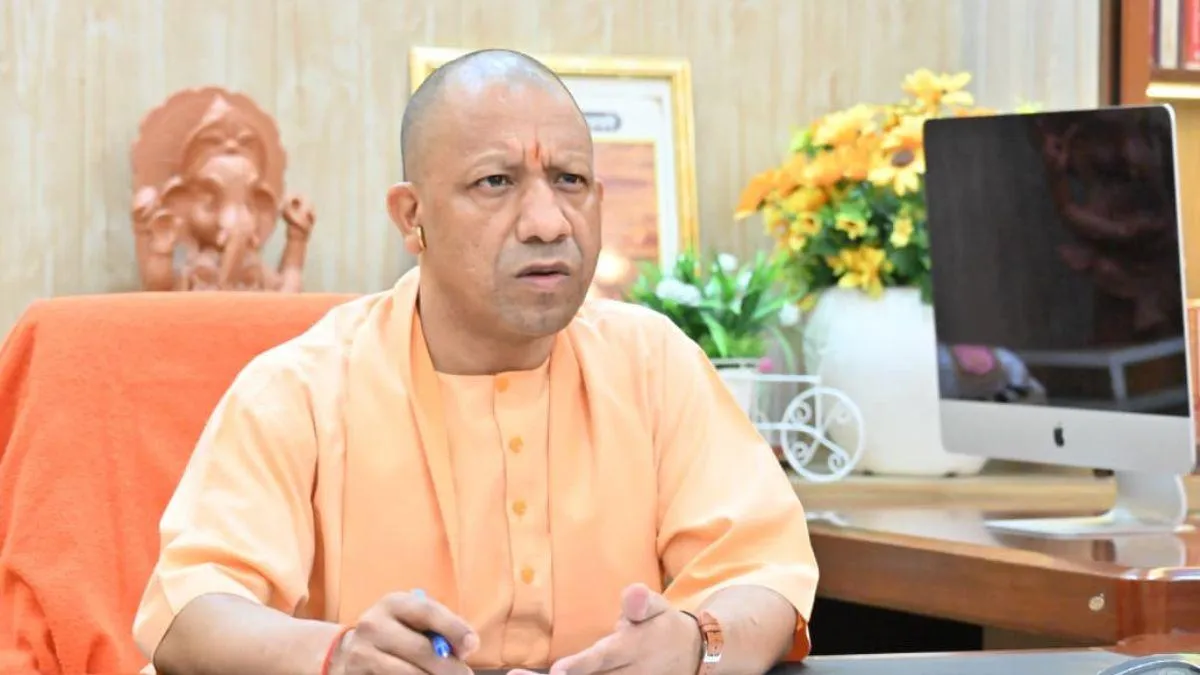- By Akansha Pandey
- Tue, 14 Oct 2025 07:21 PM (IST)
- Source:Jagran News Network
Uttar Pradesh has marked a significant milestone in its industrial development, with the establishment of a record 4,000 new factories in the 2024-25 fiscal year. This surge brings the total number of operational factories in the state to an all-time high of 27,000, solidifying its position as a new growth center for industries in India.
Under the leadership of Chief Minister Yogi Adityanath over the past 8.5 years, the state government has focused on creating a transparent and investor-friendly ecosystem. This has transformed UP into a "New Investment Hub," attracting and retaining long-term investments from leading companies across various sectors, including electronics, textiles, food processing, defence manufacturing, automobiles, chemicals and renewable energy.
The growth trajectory highlights a dramatic acceleration in recent years:
2003: 8,980 factories
2021: 16,503 factories
2022: 17,481 factories
2023: Over 19,100 factories
2025: 27,000 factories
Also Read: Moving Bus Catches Fire In Jaisalmer, Passengers Jump To Save Lives; 10-12 Feared Dead
This industrial expansion is no longer confined to traditional hubs like Noida, Greater Noida, and Lucknow. Investment has now spread to cities such as Bareilly, Kanpur, Jhansi, Gorakhpur, Azamgarh, and Prayagraj, indicating a structural shift in the state's industrial geography.
According to the Annual Survey of Industries (ASI) report for 2023-24, Uttar Pradesh ranked fourth among the top 15 industrial states in the country. At that time, its 22,141 factories accounted for 8.5 per cent of India's total factories and employed over 1.28 million workers, representing 8.3 per cent of the national industrial workforce. The report noted a 16 per cent annual growth rate in the number of factories and an 8 per cent increase in employment, underscoring the continuous expansion of both industry and job opportunities.
The government's strategy also includes a strong focus on rural industrialization by promoting Micro, Small, and Medium Enterprises (MSME) units and local artisans through grants, training, financial aid, and export facilities. This initiative aims to strengthen the grassroots economy and further the goal of a self-reliant India. This industrial growth story showcases a transformation built on trust, transparency, and policy-driven development.

